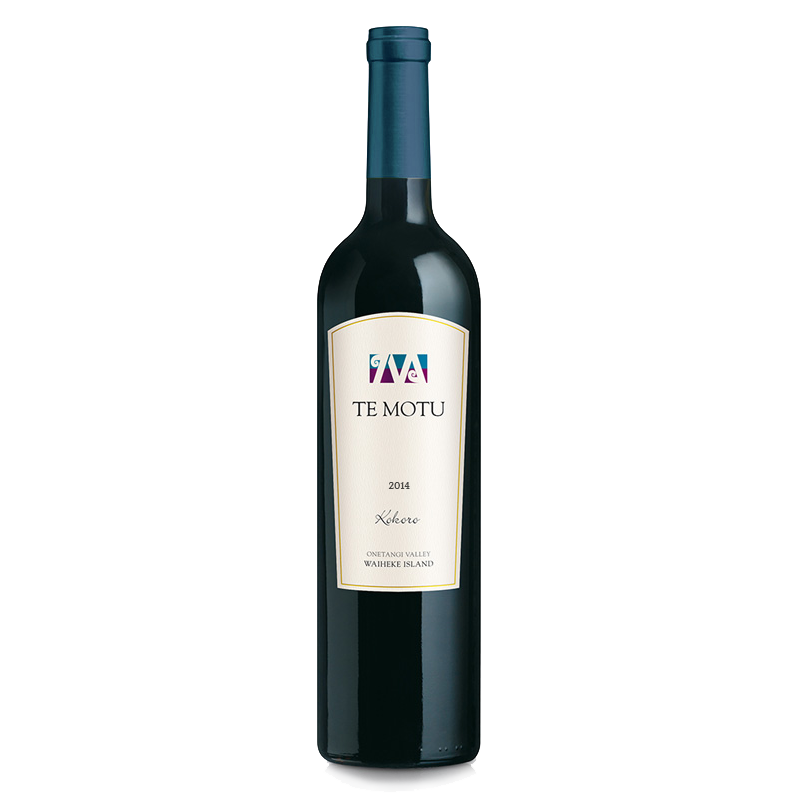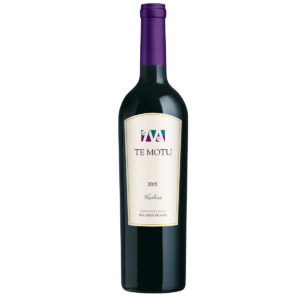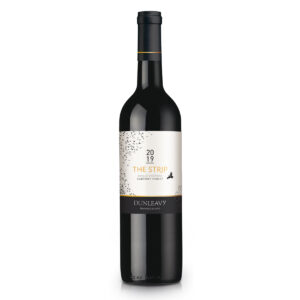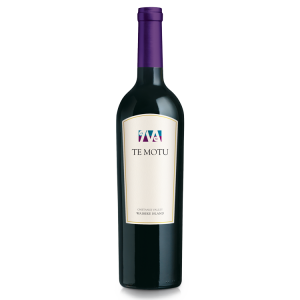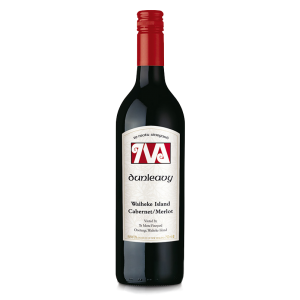KOKORO 2014
$225.00
Named for the head of Te Motu’s founding family, Terry Dunleavy, Kokoro means ‘the patriarch’ in Maori and ‘the heart of things’ in Japanese.
A Merlot dominant blend with Cabernet Sauvignon, Malbec and Syrah, hand-harvested from low-yielding vines, Kokoro is made in a more forward style to accentuate fruit ripeness and texture, this wine can be enjoyed in its youth but has the pedigree to improve for years to come. Kokoro is released 20 months after vintage.
_
Vintage 2014 Tasting Notes:
A medium ruby red with slight garnet hue. Aromas of red currant, dark cherry and wild berry intertwine with red rose petal and a subtle vanilla undertone.
The wine has a medium plus body with a lively tannin and acid that works seamlessly in balance. The palate is soft and textural with juicy cherry, red currant and a hint of spice that lingers long after the last sip.
Additional Information
| Weight | 1 g |
|---|
Critic Reviews
Critic Reviews
Estate-grown at Onetangi, on Waikehe Island, the 2014 vintage (5*) was blended from Merlot (principally), with smaller amounts of Cabernet Sauvignon, Cabernet Franc, Malbec and Syrah. Made ‘in a more forward style’ (meaning not requiring lengthy cellaring), it is deeply coloured, fragrant and softly mouthfilling. Rich, savoury and complex, with ripe, berryish, spicy, nutty flavours, showing excellent depth and harmony, it’s drinking well now.
5 Stars Michael Cooper’s New Zealand Wines Buyers guide 2020
5 Stars / 95 points Bob Campbell MW
“Flagship wine from a top vintage and showing the benefit of a little bottle age. Elegant, seamless merlot-dominant blend with a mix of plum, berry and savoury flavours including ginger, floral, violet, tobacco leaf and spicy French oak flavours. Delicious now but with plenty of cellaring potential” 21 MAY 2019
Details
Details
Alcohol: 13.5%
Acidity: 5.3 g/l
Sugar: <1 g/l
Allergen info: Contains sulphites. No egg/fish has been used in production.
Vintage Notes
Vintage Notes
A warm and dry spring got things off to a great start through flowering resulting in a good fruit set and crop levels. We had plenty of rainfall just at the right time in December but becoming dry and settled by mid-January. From there warm settled weather allowed the grapes to fully ripen. At Te Motu we thinned the crop early and late. As a result, the fruit we picked through early to mid April was in magnificent condition, bursting with flavour and concentration.

